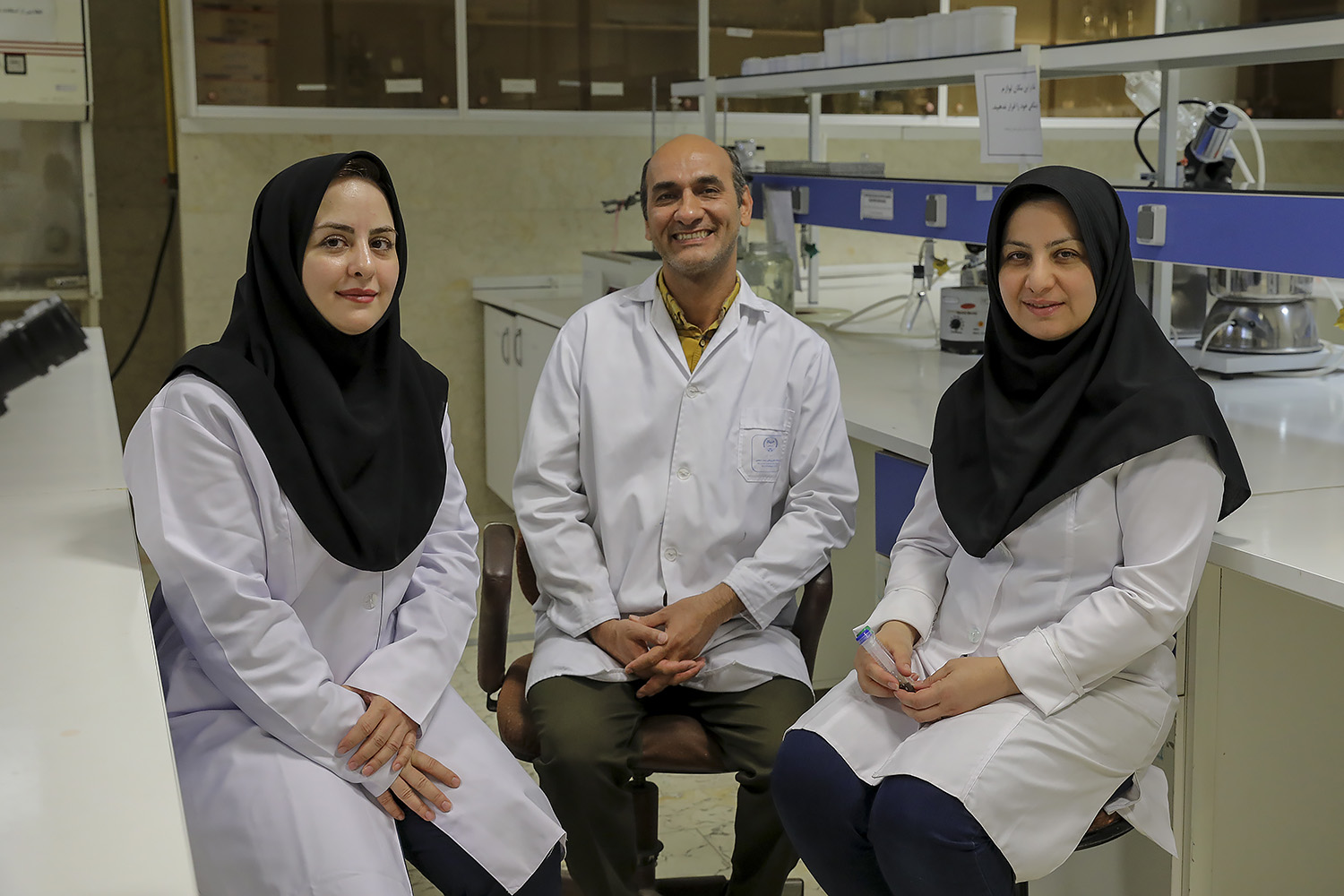Research programs
Thursday ، 03 June 2021

Introduction
The Industrial Fungi Biotechnology Research Department was established in 2002 by Iranian Academic Center for Education, Culture and Research (ACECR)-Mashhad Branch in order to perform applied research in the field of mushroom science. The main and initial focus of the department has been strain improvement of the white button mushroom through hybridization. Since 2012, the department has developed new avenues in addition to strain improvement, including germplasm banks of wild mushrooms, locally adapted cultivation of medicinal mushrooms, and biological activities and biochemical analysis of compounds from selected medicinal mushrooms. In line with these new research avenues, a new pilot plant has been launched (since 2016) where fresh medicinal mushrooms are locally produced and sold to fresh markets.
Mushrooms are considered functional foods that possess bioactive compounds with a broad range of pharmacological and medicinal properties, including antimicrobial, anticancer, antioxidant, antiviral, immunomodulatory, immunosuppressive, anti-allergic, anti-inflammatory, and anti-cholesterol activities. Remarkable therapeutic potentiality of fungi have inspired a number of studies, in order to explore the use of mushrooms metabolites for the treatment of a variety of human diseases and disorders. Therefore, mushrooms will be one of the new generations of “bio-therapeutics” in future. In addition, Mushrooms are prominent for human consumption due to their specific flavor and aroma. It has been estimated that the number of wild mushrooms could reach around 140,000 species in the world. However, only around 40 mushroom species have been commercially cultivated. Although recent efforts have been made to standardize cultivation of wild edible mushrooms, the number of cultivated mushrooms is still a very small proportion of total number of wild mushrooms. At the present, the most cultivated mushroom worldwide is Agaricus bisporus, followed by Lentinula edodes, Pleurotus spp., and Flammulina velutipes.
The groups research programs include:
1-Breeding, improving the substrate, and upgrading the technology of spawn of mushrooms
2- Extraction, purification and biomedical assays of betaglucans from medicinal mushrooms

Research on Oyster Mushroom
Crop Improvement of Ganoderma

Crop Improvement of Shiitakee

Crop Improvement of Iranian Wild Enoki
Facilities
We have two pilot plants where mushroom spawn and fresh mushrooms are produced. In addition, we have established several distinct laboratories including molecular lab, biotechnology lab, and a cancer cell room (PC2 Level).






